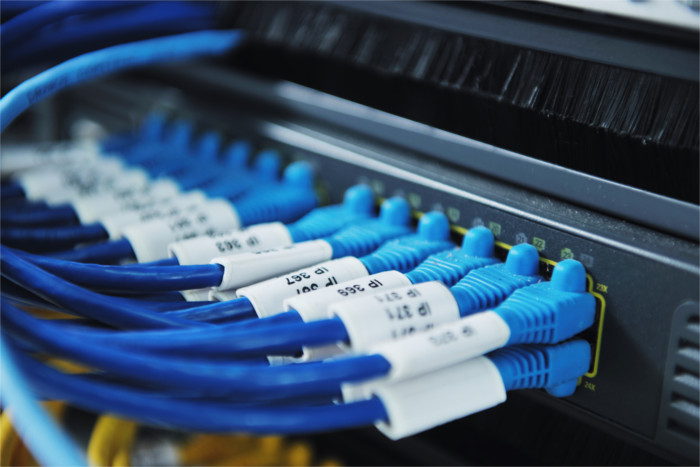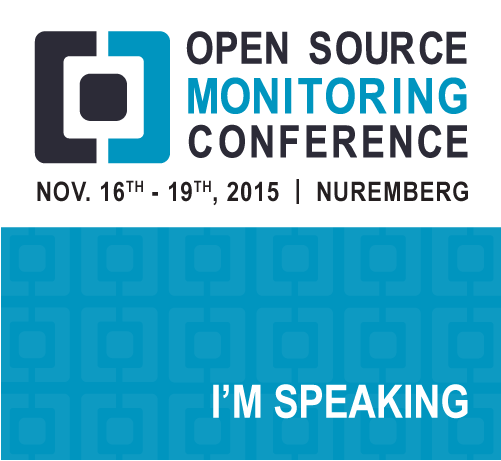Assimilation Release 1.1.2 “Happy 2016” is out!

On January 2nd we put out version 1.1.2 of the Assimilation System Management Suite – the Happy 2016 release. This release adds enhancements related to best practice analyses and adds support for openSUSE, Scientific, and ScientificFermi Linux – along with a few bug fixes. We also have some surveys that we’d love for people to take – to help direct us in our future work.
As we have in the past, we offer supported free trials of the Linux version of our system management suite – just follow the download link and the instructions you’ll find there.








